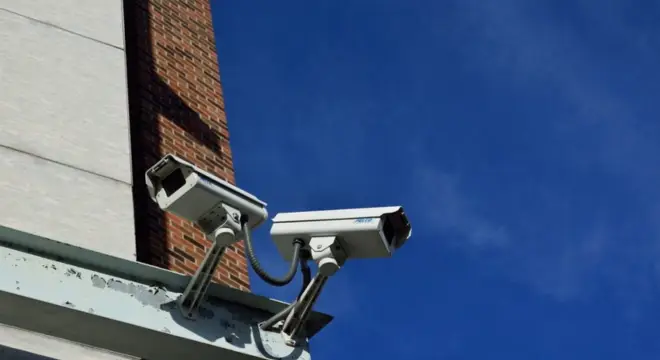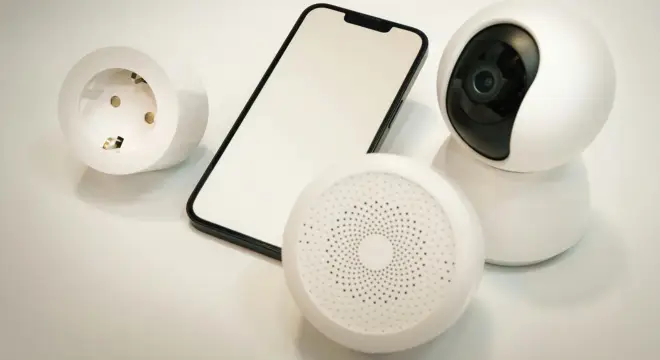Avoid These 5 Common Spare-Key Hiding Mistakes—and Do This Instead
I’ve lived in enough homes, dealt with enough lockouts, and talked to enough security pros to know one simple truth: most people hide their spare key in places they hope are clever, not places that are actually safe. And I get it. When you’re rushing out the door or worried about getting locked out, hiding a backup key feels like a harmless shortcut.
But here’s the part no one really wants to hear: the “clever spots” we choose are usually the same spots burglars check first. They don’t waste time guessing. They’ve seen the same patterns play out in home after home. And because of that, a spare key can go from “peace of mind” to “easy entry point” faster than you’d think.
That’s why I decided to break this topic down clearly. No scare tactics. No recycled tips. Just a practical look at the spots you should never use — and the options that actually keep you safe without making your life harder.
Before we dive in, think about this: If someone walked up to your front door right now, how long would it take them to find your hidden key?
If the honest answer makes you even a little uncomfortable, keep reading. I’ll show you how to fix that today.
What’s the one place you think most people hide their spare key?
Why hiding a spare key feels like a good idea — and why that logic is flawed
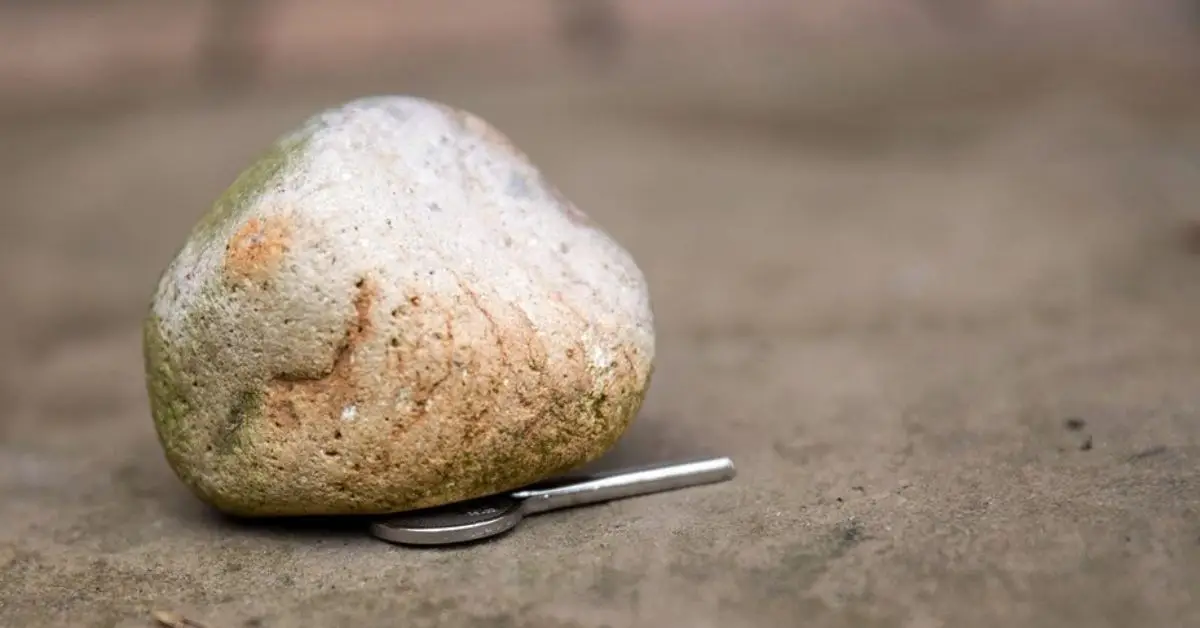
Realtor.com
I get why so many people still tuck away spare keys outside the house. When you’ve been locked out once, or you have a dog walker stopping by, or someone checking on your place while you’re out of town, keeping an extra key nearby feels like common sense.
If losing keys is one of the reasons you feel the need to hide a spare outside, you may want to explore these practical strategies to keep track of your keys at home from this guide so you’re not relying on risky hiding spots in the first place. I’ve been there too. In the moment, it feels harmless. You tell yourself, “It’s only for emergencies, and no one will ever find it.”
But the catch is simple: the places that seem hidden to you are often the exact places burglars check first. Security teams have been warning about this for years. AAA even points out that outdoor spare keys usually create bigger security gaps than homeowners realize.
What feels like a backup plan to you can quietly become the easiest entry point for someone who isn’t supposed to be there.
Here’s why this happens so often:
- When we’re rushed or stressed, we hide things where we can reach them fast — which is usually close to the door.
- Most of us follow the same patterns without noticing it.
- Burglars rely on those predictable patterns — they’ve checked these hiding spots hundreds of times.
- They don’t need to search your entire yard. They just need you to make the usual homeowner choices.
And that’s the real flaw: a spare key only protects you if it’s hidden with intention. If the spot is convenient, familiar, or something nearly every homeowner has used at least once, that key isn’t helping you — it’s helping the wrong person.
Before we get into the worst hiding places, take a moment and ask yourself this: Are you hiding that spare key because it’s truly safe, or because it’s easy.
The 5 Worst Places to Hide Your Spare Key (Avoid These at All Costs)
When I talk to homeowners about security, this is usually the moment where things get uncomfortably real. We all think we’re being clever with our hiding spots — until we realize every “clever” idea we rely on is the same idea everyone else has already used. And burglars know it.
Let’s walk through the spots you should avoid no matter what. These aren’t just risky — they’re practically invitations.
1. Under the Doormat or Welcome Mat
Martha Stewart’s home-safety team calls this the most predictable hiding spot — and they’re right. If there’s one place an intruder will check without thinking twice, it’s the mat you step on every day.
Why it’s a problem:
- It’s the first place anyone checks — from guests to delivery workers to someone with bad intentions.
- A mat lifts in seconds, and there’s no privacy barrier at all.
- If your mat looks even slightly disturbed, it signals you hide something under it.
2. In or Under a Flowerpot / Outdoor Planter / Front Door Décor

Planters, small garden statues, and porch décor feel “creative,” but they’re just as obvious.
Why it’s a problem:
- Anything light, hollow, or easy to move gets checked immediately.
- Intruders know homeowners love “natural” hiding places.
- A key under a pot is just as predictable as a key under a mat — only slightly dustier.
3. Inside or Under a Fake Rock
This trick worked decades ago. Today, burglars spot a fake rock faster than you or I can.
Why it’s a problem:
- Fake rocks stand out — wrong shape, wrong texture, wrong placement.
- They’re usually right by the front path, so intruders can check them without hesitation.
- Anyone who’s broken into even one home knows these things are everywhere.
4. Inside the Mailbox or Near the Mail Slot
Mailboxes feel discreet, but they’re publicly accessible.
Why it’s a problem:
- Anyone can open your mailbox — neighbors, strangers, passersby.
- Mail carriers aren’t responsible for watching it.
- It creates a daily opportunity for someone to grab your key unnoticed.
5. Anywhere Within Reach of the Main Door
I’ve seen keys tucked above the frame, behind light fixtures, on tiny ledges, in porch corners — and every one of these is a risk. Intruders check “door-adjacent” spots because they know homeowners want quick access.
Why it’s a problem:
- These spots save intruders time — no yard searching needed.
- They’re easy to reach without drawing attention.
- Anything within arm’s reach of the door is considered a high-risk zone.
Why These “Classic” Hiding Spots Are Bad — The Psychology & Burglar Logic
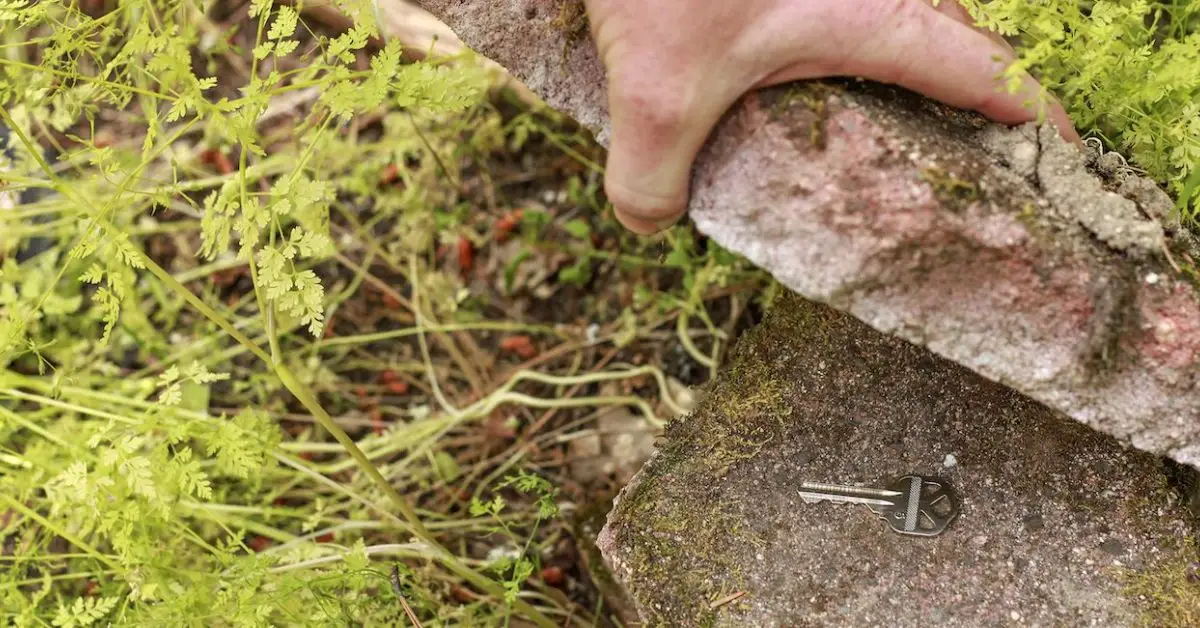
When you look at these hiding spots from a homeowner’s point of view, they seem harmless. You’re thinking about convenience, quick access, and avoiding another lockout. But burglars don’t see your home the way you do. They look for shortcuts, predictable habits, and anything that saves them time. Once you understand their logic, these hiding spots make far less sense.
Burglars almost always check the common places first because they’ve seen the same routines over and over. Most homeowners hide keys close to the door, under something light, or inside something decorative. Intruders rely on those patterns because they know they work.
There’s also a side-effect many people never consider: depending on how a break-in occurs, some insurance companies may push back if a thief entered your home using a spare key hidden right outside the entrance. If nothing was broken and the intruder simply “let themselves in,” the situation becomes much harder to document and verify.
At the center of all of this is the trade-off you probably never questioned. You hide a key because you want convenience. But convenience is exactly what makes it risky. If a spot is easy for you, it’s probably easy for someone else too.
Safer Alternatives — Where to Keep a Spare Key If You Really Need One
Now let’s move from what not to do to what actually works. These options give you the backup access you want without creating a weak spot right at your front door.
With a Trusted Neighbor, Friend, or Family Member
Handing the key to someone you trust removes the entire risk of a stranger finding it on your property. It’s simple, it solves the problem, and it keeps the spare key out of reach of anyone who shouldn’t have it.
Use a Lockbox or Key Safe (Weatherproof, Code-Protected)
A lockbox gives you the same flexibility as a hidden key but with real security built into it. If you plan to mount a lockbox or secure a key holder outdoors, you might find these smart ways to use zip ties around the house in this homeowner guide helpful for keeping things fastened, organized, and tamper-resistant. Only someone with the code can reach the key, and you can mount it somewhere that doesn’t draw attention.
Security experts at GoKeyless highlight how a proper key safe is far more reliable than the usual “clever” hiding spots, making it one of the safest backup options available.
Hidden Magnetic Key Holder Under a Heavy or Fixed Object (Away From the Door)
If you prefer keeping a key outdoors, a magnetic holder under something that hardly moves — like a metal grill base, a heavy planter frame, or a solid patio bench — creates a harder-to-guess hiding spot. Burglars rarely take time to move large objects because it slows them down and makes noise.
In a Discreet Outdoor Location (If Your Space Allows)
If your home has side areas, a shed, a fence corner, or a small out-of-the-way spot, you can use that distance to your advantage. A loose brick in a garden wall, a small compartment in a doghouse, or a tucked-away space behind a fence is far less obvious than anything near the front entrance.
Consider Skipping the Physical Spare Key Altogether
If your home setup allows it, moving to a smart lock or keypad-entry system is the safest long-term fix. You won’t need to hide a key at all, and you can still give access to guests or family members without worrying about someone finding a physical copy.
How to Choose the Best Hiding Solution for Your Home — Checklist Before You Stash a Spare Key
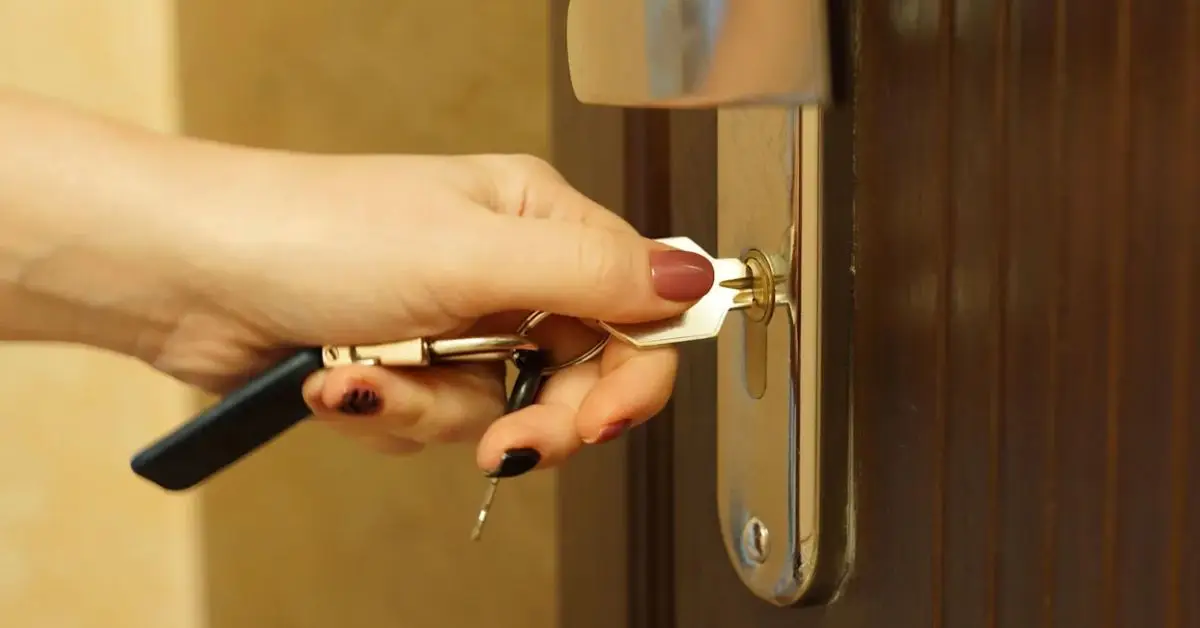
Before you commit to any hiding method, walk through this short checklist. It’s designed to help you make a practical, risk-aware decision—not just follow generic advice.
- Evaluate your risk level: Look at how visible your entry points are, how active your neighborhood is, and whether your area has a history of break-ins. The higher the risk, the more secure your backup method should be.
- Balance convenience for you with difficulty for intruders: A spot that’s too convenient for you is usually convenient for the wrong person too. Aim for a middle ground: accessible enough for you, but not obvious to anyone else.
- Make sure the location is easy to remember: Avoid hiding spots that are so clever you forget them. You, or the person you trust with access, should be able to recall the location instantly during an emergency.
- Check weather and tamper resistance: Outdoor hiding spots need to withstand rain, heat, or snow. If you’re using a lockbox or magnetic holder, make sure the materials can handle outdoor exposure without failing.
- Consider a layered approach: You don’t have to rely on just one solution. Many homeowners combine a durable lockbox with a trusted neighbor or pair a hidden spare with a smart lock as the primary entry.
Quick Decision-Table: Should You Hide a Spare Key — Yes or No?
| Situation / Need | Best Option / Recommendation |
|---|---|
| Temporary access for a friend or pet-sitter | Give a key to a trusted neighbor or use a secure lockbox |
| Frequent travel and need a dependable fallback | Use a weatherproof key-safe or a smart lock; avoid common hiding spots |
| No trusted person nearby but still want a hidden key | Use a magnetic key holder under an inconspicuous, heavy fixture away from the entrance |
| High-risk neighborhood or insurance concerns | Prefer smart locks or digital entry; skip outdoor spare keys entirely |
Bonus: Maintenance and Safety Tips for Spare-Key Owners
The job isn’t done once you pick a hiding place. Ongoing care keeps your spare key safe and effective.
- Check your lockbox or hiding spot regularly: Wind, pets, landscaping, or weather can expose a key over time. Keeping your entryway, porch, and outdoor areas clutter-free also helps you maintain a discreet hiding spot, and this list of simple declutter steps for homeowners from this article can make that upkeep much easier. A quick monthly check keeps you ahead of problems.
- If using a smart lock, maintain backup power and update codes: Smart locks are reliable, but only if their batteries and codes stay current. Update access codes after hosting guests, service workers, or emergency situations.
- Re-key your locks if a spare goes missing: If you lose a spare or suspect someone found it, re-keying prevents anyone from using it to enter your home.
- Review your home-insurance terms: Some policies reduce or deny coverage if a burglar entered using a hidden spare key. Understanding your policy helps you make an informed decision.
Your Action Plan — What You Should Do Now
- Check whether you currently have a spare key hidden outside.
- If it’s in a predictable or high-risk spot, relocate it to something safer—such as a lockbox or a trusted neighbor.
- Consider upgrading to a smart lock or keypad entry to eliminate the need for physical spares.
- Use a hybrid strategy if you want both convenience and protection: a lockbox, a reliable contact person, and occasional checks to ensure nothing has shifted or become exposed.
If you found this guide helpful, share your thoughts or questions in the comments—your experience can help other homeowners make smarter security decisions.
To explore more practical home-improvement advice, visit Build Like New, where we publish simple, effective solutions that actually work for everyday homeowners.
Disclaimer: This content is for general home-security guidance only and should not be taken as professional security, legal, or insurance advice. Always consult a qualified expert and review your local laws and insurance policy before making security decisions.

